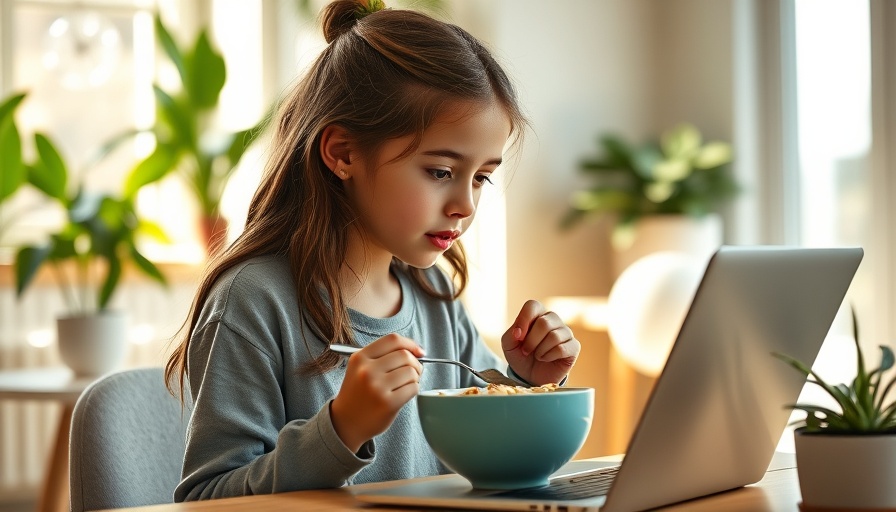
The Journey to Homeschooling: A Personal Story
Deciding to homeschool is not just a choice; it’s a significant life transition that many families are experiencing, especially in suburban settings where the traditional education systems can feel overwhelming. Our journey began when we recognized that the standard education model was not meeting the needs of our children. In the hustle and bustle of busy city life, we found ourselves evaluating whether the stressors imposed by rigorous school schedules were detrimental to our children's well-being.
Understanding the Challenges of Traditional Schooling
Our initial foray into traditional schooling included enrollments in prestigious private institutions, which on paper seemed ideal. However, the reality was different; the demands of homework, tests, and constant assessments left our children exhausted. As an urban professional family, we often found ourselves juggling work commitments, academic expectations, and extracurricular activities such as dance. This juggle became a relentless cycle affecting both our mental health and our children's.
The Stress of Academic Rigors
When our eldest daughter, Olivia, became overwhelmed with homework and late-night study sessions, it highlighted the disconnect between traditional schooling and our family life. We believed in the value of hard work, but there’s a tipping point where the pressure becomes detrimental. Our daughter's late-night struggles and the ensuing anxiety had her questioning her educational experience, leading to more challenging days ahead.
A Decision Born from Love: Choosing Homeschooling
After much discussion, we decided to explore homeschooling as an option. Olivia’s sibling, P, also showed signs of distress with the situation evolving rapidly around her—she faced school without her sister, which contributed to her own anxieties. As her father transitioned to retirement, it provided a rare opportunity for him to engage more deeply in her learning process. When she expressed an interest in homeschooling, we knew we had to embrace this change.
Benefits of Homeschooling: Personalize Learning
One undeniable advantage of homeschooling is the ability to create a personalized curriculum that aligns with an individual child’s pace and interests. This can help rekindle their love for learning, as Olivia began to thrive after the switch. By reducing structured homework and allowing for more hands-on experiences, we witnessed her passion for learning rekindled. This personalized approach resonated deeply with our beliefs about education and well-being.
The Role of Parent Education in Homeschooling
Homeschooling doesn't just benefit the students; it challenges and motivates parents, too. In this new role, I transformed into a learner myself, seeking out resources, engaging in discussions online, and adjusting to my children's educational needs. It’s a dynamic shift where both the child and parent evolve, ensuring that our family grows together through this experience.
Future Predictions: The Growth of Homeschooling
As societal norms shift, predictions suggest an increase in homeschooling families, particularly among urban professionals seeking better work-life balance and tailored educational paths. This trend isn't merely a rebellion against traditional education; it represents a thoughtful response to the demands of modern parenting in fast-paced environments.
Take Action for Your Family's Well-Being
Considering a similar path as we did? Research and connect with local homeschooling communities that can provide support and inspiration. You’ll discover resources that can help provide a comprehensive educational experience while allowing your family to flourish in a nurturing environment. Together, let’s embrace these changes for our children's future!
 Add Row
Add Row  Add
Add 




Write A Comment